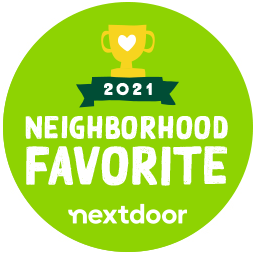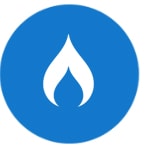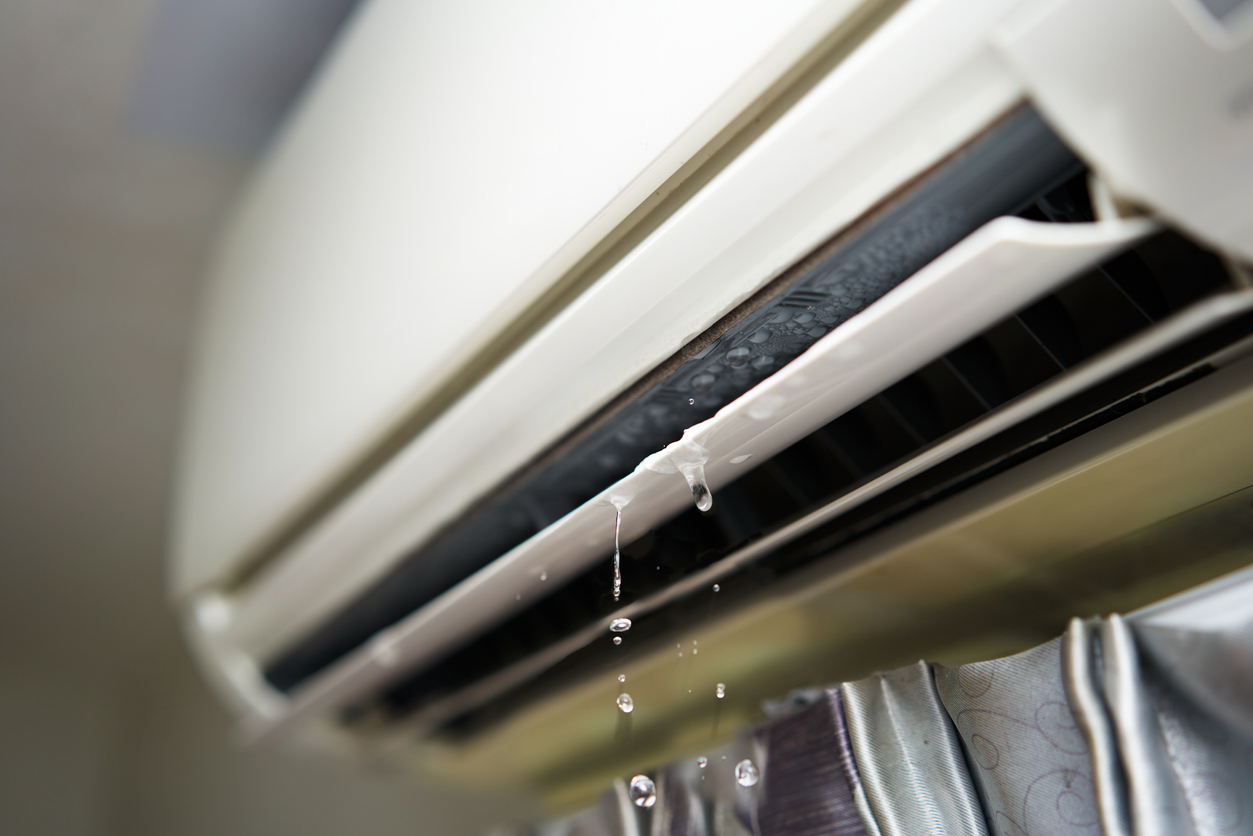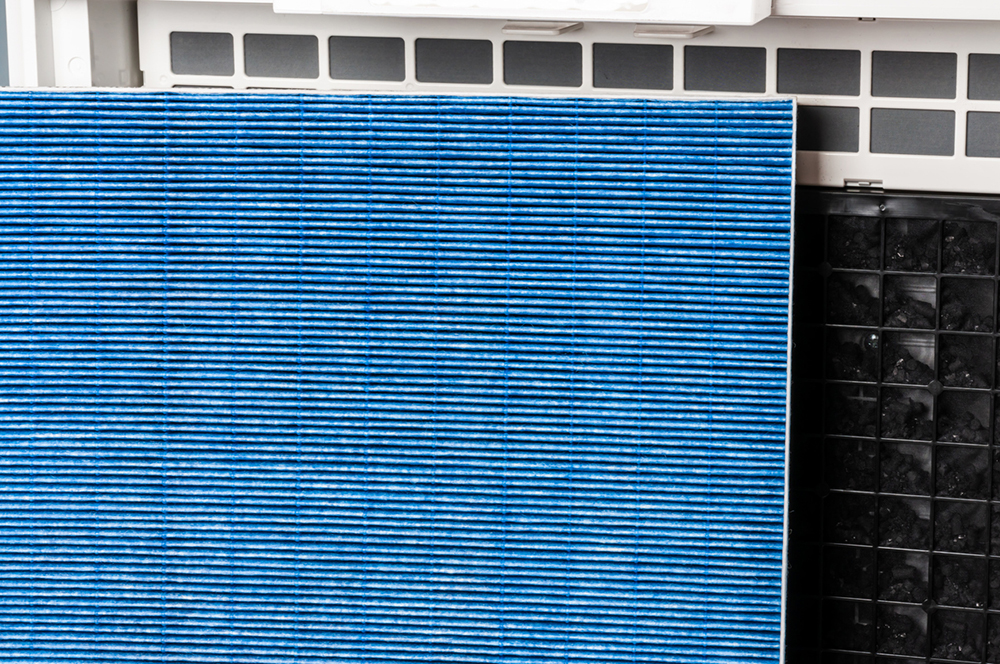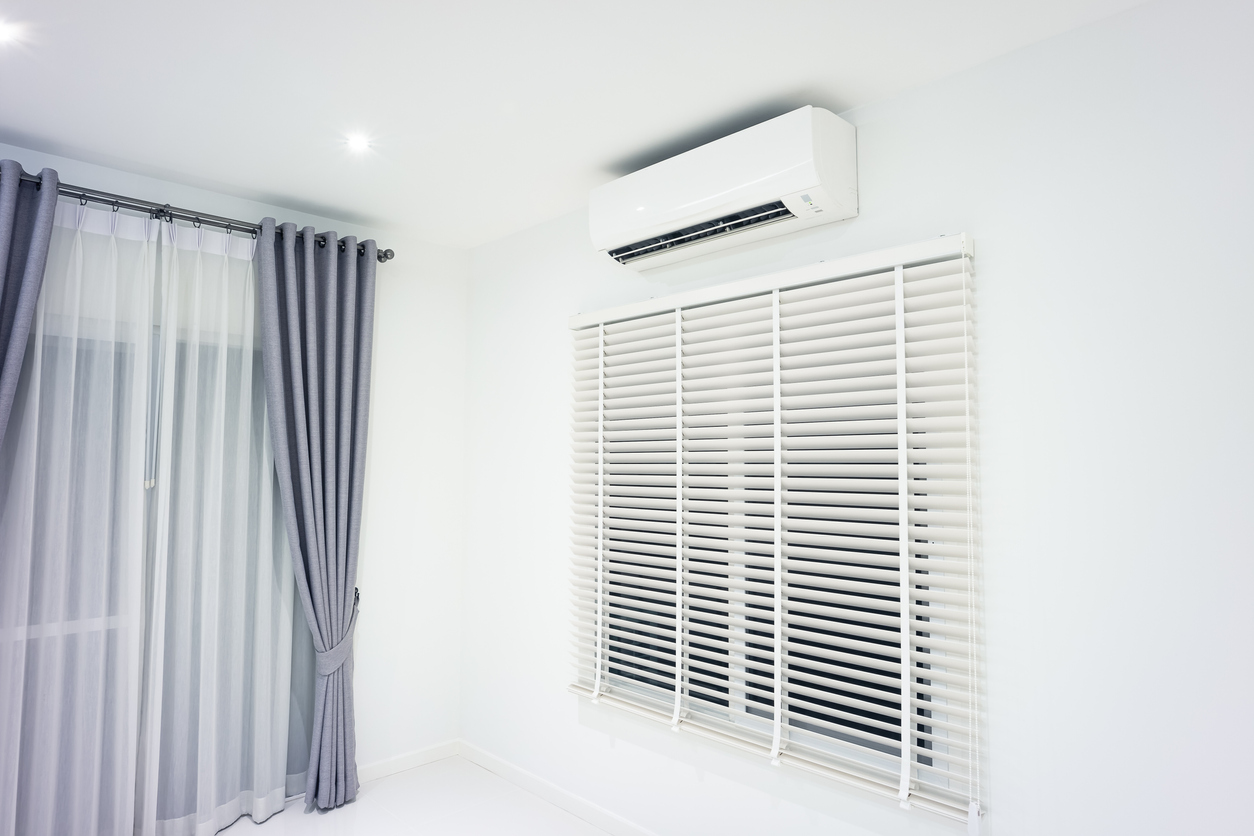HVAC Services Serving All of Solano, Napa & Contra Costa Counties, and the Bay Area
Our Reputation speaks for Itself
A-1 Guaranteed is a family-owned and operated business that serves HVAC Services Serving All Of Solano, Napa and Contra Costa Counties, Fairfield, Vacaville, and the Bay Area with Heating and Air Conditioning, Tankless Water Heaters, Windows, Insulation and/ or Duct Replacement needs. As one of the premier service businesses in the area, we have helped thousands of satisfied, loyal customers improve the energy efficiency of their homes and offices.
We are available Monday through Friday and by appointment on Saturday. Our fast and efficient attention to your needs will prove our dedication to our customers is the foundation of our business. Our professional staff is knowledgeable and looks after your best interests when it comes to your environmental comfort needs. We are an Energy Upgrade CA participating contractor. We are honored that our customers consider us #1 in providing trustworthy service and dependable comfort.
A-1 Guaranteed?
- Voted best heating/cooling company for 16 years
- Voted Best of The Bay for 5 years of KRON 4 TV
- Commercial and Residential Installation
- Angie’s List Super Service Award for 4 Years
- Energy Upgrade Participating Contractor
- Factory Trained Installers and Techs
- Drug-free Environment Enforced and Maintained
- Better Business Bureau Honor Roll 24 Years
- Diamond Certified Company
- North American Technician Excellence (NATE) certified
- Bay Area Certified Green Business
- All employees fully background checked for your safety
Recent News
OUR BLOGS
Using Gas vs. Electricity for Your Home
Historically, appliances in the home have relied on natural gas as their main energy source. However, as the costs of natural gas continue to rise, residents of California are seeking other options for those gas appliances, including their heating and cooling systems. This also includes water heaters, which also have traditionally relied on natural gas to carry out their functions.
Solar panels for the home, high-efficiency heat pumps, and tankless water heaters are becoming more affordable and attainable for homeowners, but many are still slow to make “the switch.” This is often because, for decades, it was a known fact that natural gas was cheaper than electricity. Now, however, that isn’t the case, but people are creatures of habit, and we tend to stick with what we know.
“What we know” is costing us hundreds or even thousands of dollars in energy costs each year.
The Case for Electricity for Your Home’s Energy
Energy companies today charge their customers by the therm; one therm is 100,000 BTUs of natural gas. If you have a gas furnace and/or water heater, look at your annual energy company bill. You’ll likely see that your natural gas usage goes up during the winter months and falls again during the spring.
To compare natural gas heat with heating from a heat pump, take the amount of the winter increase and divide it by the BTU usage of your furnace. This will tell you how many hours of heating were used during the winter.
For example, if your gas bill increased by 50 therms during the winter and your furnace is an 80,000 BTU system, you would find that the system ran for a total cost of $160.62, or 62.5 hours. The average cost per therm for natural gas is about $2.57.
Now, let’s take the costs of a heat pump system that runs on electricity. The average heat pump system in the Bay Area uses about 4KW of electricity per hour to do its job, and the average cost of one KW of electricity is $0.32. If you ran a heat pump for the same 62.5 hours that you ran a conventional natural gas furnace, your cost would be $80, compared to the $160.62 for the furnace!
Contact A-1 Guaranteed Heating & Air, Inc Today
The evidence speaks for itself; not only is electricity the cheaper way to heat your home, but it’s also the way to go for your water heater and your other home appliances.
A-1 Guaranteed can help you calculate the energy usage numbers for your home through an energy audit, and we can also help you choose the best heat pump system and tankless water heater for your home. Not only could you potentially save hundreds or thousands of dollars each year on your energy bills, but you could also be doing the Earth a great service by using clean electricity.
A Note about Going Solar
We’re also the experts to turn to for solar energy systems, too. Don’t stop at electricity; maximize your savings and have A-1 Guaranteed experts install a solar panel system for your home. Not only can you save hundreds or thousands more with solar panels, but some people even get paid by the electric company for putting energy into the grid!
Whether you’re interested in learning more about the advantages of a heat pump that runs on electricity to replace your natural gas furnace, you’d like to investigate a solar panel system for your home, or if you need anything else related to Electrification in the Bay Area, reach out to us at A-1 Guaranteed Heating & Air, Inc. today!
Top Reasons Why Your Air Conditioner is Dripping
There are more than 100 million homes in the United States that have air conditioning systems, and sometimes, these systems can leak water inside the house and outdoors. It’s not “normal” for air conditioners to be leaking. What makes an air conditioner leak?
Why Is Your Air Conditioner Leaking Water?
You might notice water leaking as condensation that collects, or you might notice an area that may be dripping water, instead. Either way, the problem usually comes down to one of four common problems.
Four common reasons why your air conditioner might be leaking are:
- The air filter has accumulated too much dirt, dust, and grime
- The condensate drain line is clogged
- The drain pan of your unit is damaged or rusted
- Your air conditioner no longer has enough refrigerant
However, drips and leaks can be caused by problems not listed above, too, so don’t hesitate to contact A-1 Heating & Air, Inc. for expert diagnosing and repairs.
1. Too Much Dirt Clogging the Air Filter
When the air filter of your HVAC system is jam-packed with all kinds of debris that it has trapped, it can cause problems not just with restricted airflow through the system but also with the evaporator coils.
Specifically, it can cause the coils to freeze over from a lack of proper airflow. Evaporator coils that freeze up can become extensively damaged and also cause damage to other parts of the unit, leading to the need for extensive repairs or even an A/C replacement.
2. A Clogged Condensate Drain Line
This is the most common cause of water dripping from an A/C unit. When the condensate line gets clogged with dust, dirt, and debris that has passed through it, it begins to mix with the moisture of the A/C unit, then sticks to the inside of the drain line.
The gunk builds up and builds up until it eventually becomes clogged, causing the line to back up and overflow out from the air conditioner.
3. Damaged or Rusted Drain Pan
This one is a relatively simple fix, and it usually happens to older air conditioners that have been around for several years. If you have a drain pan that is cracked, you can use sealants to line the crack and seal it up.
If your drain pan is rusted through, however, the fix is a bit tricker. When the pan is rusted right through, there’s not much of it left to work with anymore, and there are usually many holes for the water to fall through. You’ll need to have a Bay Area HVAC expert from A-1 Guaranteed come out and help.
4. Your Air Conditioner Doesn’t Have Enough Refrigerant
When there isn’t enough refrigerant in your air conditioner, it can lower the pressure in the unit and cause leaks. When this happens, you’ll first notice that something is wrong because the air that is expelled isn’t as cold as it should be.
In addition, low refrigerant levels can cause your evaporator coils to freeze up; the refrigerant powers up the coils to do their job. When there’s no refrigerant, the coils won’t perform and will begin to freeze because of it. When the unit heats up, it’ll warm the coils and cause leaks from the unit.
Get Help from the#1 Napa/Solano HVAC Team
A-1 Guaranteed Heating & Air, Inc. is the customer favorite for all things HVAC and more! We serve customers throughout the entire Bay Area, so if you have an air conditioner that’s leaking, give us a call! We are also the area’s leading experts in air quality solutions, solar solutions, insulation, and more.
MERV and HEPA Filters: What’s the Difference?
If you’re a homeowner or small business owner, you’ve likely heard the acronyms “HEPA” and “MERV” before in discussions about furnaces and HVAC systems. Don’t let the two acronyms cause confusion; they are both types of filters for HVAC systems. What do they mean, exactly? What’s the difference? It’s fairly simple to choose between a HEPA filter and a MERV-rated filter once you get the answers to these questions.
Some filters are more effective than others, and some filters are best for your home while others can actually cause damage to your HVAC system. When browsing for air filters, you might come across recommendations for both types. Which should you choose?
What is a MERV Filter?
The first thing that needs clarification is that MERV is not actually a type of filter; instead, it’s a rating system for filters. When people say “MERV filter” what they are really saying is, “filter with a MERV rating.”
So, the MERV is a rating that was developed by the American Society of Heating, Refrigerating, and Air Conditioning Engineers (ASHRAE). The acronym MERV stands for minimum efficiency reporting value, and the scale ranges from 1 to 20.
What a MERV rating describes is a filter’s ability to trap particles that are between 0.3 and 10 micrometers in size. For the most part, filters can improve air quality with a MERV rating of 11-13, which are right for most residential spaces, and they’re beneficial for people with allergies, asthma, or pets. The higher the MERV rating, the smaller the particles a filter can trap.
What is a HEPA Filter?
HEPA filters might be more familiar to you than filters with MERV ratings. HEPA is an acronym that stands for high-efficiency particulate air. A HEPA filter is capable of trapping 99.7% of air pollutants that are as small as 0.3 micrometers. These are the filters that are often used in rooms that must be kept as sterile as possible, such as operating rooms in a hospital.
There’s a little bit of a problem with HEPA filters though: the ones that are the most powerful actually reduce the airflow that goes through an HVAC system, so you can’t go out and just pick up a HEPA filter for your home.
A residential HVAC system would have to do a tremendous amount of work to push air through a HEPA filter, and the filters would require costly retrofits. Additional fans would need to be added to help filter the air. All of this makes compatibility a challenge. So, in a nutshell, a HEPA filter is not a viable option as a residential HVAC filter.
The Bottom Line
HEPA filters don’t have a MERV rating because they actually exceed the MERV rating system. In other words, if HEPA filters did have a MERV rating, they would be at MERV 17 or higher. While this high rating is for filters that are needed in sterile spaces, for residential use and commercial buildings, you want to stay at MERV 16 or below.
As the leading HVAC company in the Bay Area, we recommend using air filters that have a MERV rating of 11 or 13 for your home. These will trap a substantial amount of pollutants without restricting the airflow.
Still have questions about air filters and your HVAC system? Reach out to A-1 Guaranteed Heating & Air, Inc. for pro help with anything regarding your heating, air conditioning, insulation, water heater, and windows. We serve customers all over the Bay Area, Napa, Solano, Contra Costa, Fairfield, and the surrounding area.
15 Fun Facts About Air Conditioning You Never Knew
When you think of an air conditioner, or heating and cooling in general, “fun” probably isn’t the first word that comes to your mind! And that’s ok, we get it; we know that just because at A-1 Heating & Air, Inc. we are passionate about all things HVAC doesn’t mean everyone is!
However, there are quite a few interesting facts about air conditioning that may pique your interest, so we’ve decided to have a little fun and share some of our favorite ones below:
Air Conditioning Fun Facts
1. Before modern air conditioners were invented, people used to cool their businesses and homes with one-ton blocks of ice. Once A/C came about and manufacturers began marketing their products, they wanted to describe things so that customers would understand. So, they referred to “ice power” and called their systems “one-ton ACs.” A one-ton AC unit produced as much cooling as melting a ton of ice, which today is the equivalent of about 12,000 BTUs.
2. The New York Stock Exchange was the first famous building to use air conditioning in 1903.
3. The world’s first commercial cooling systems were created by Ting Huan in 180 AD. His systems used fans equipped with seven wheels, each of which was ten feet in diameter! These cooling systems were cranked by just one person.
4. Willis Carrier invented the first air conditioner in 1902. He was just 26 years old when he got the idea while he was on a train platform looking at fog. In 1915, he founded the Carrier Engineering Corporation.
5. In 1930, the first air conditioning system was installed by Carrier in the West Wing of the White House.
6. Each year, the average household in America uses 40.4 million BTUs for heating, but just 9.3 million for cooling.
7. In the Holy Mosque of Makkah, Saudi Arabia, you’ll find the world’s largest HVAC system. How big is it? The system has a refrigeration capacity of 135,000 tons! As a comparison, the average residential air conditioners have capacities that range from 1.5 to 5 tons.
8. Before 1940, less than one-third of new homes in the United States came equipped with air conditioning. Today, 95% of new homes do.
9. The average American family spends over $2,000 each year on energy costs. $2% of that is on heating, and just 6% of it is for cooling.
10. Homes with low humidity feel cooler than those with high humidity levels because the dry air causes the skin’s moisture to evaporate, which cools people down.
11. It’s predicted that by 2050, 5.6 billion buildings across the globe will have air conditioning. To make that happen, consumers would need to buy the equivalent of 600 air conditioners every minute for the next 30 years.
12. Back in 1939, the first air conditioning systems were installed in a car by a manufacturer and were called weather conditioners.
13. “Summer blockbusters” became popular thanks to air conditioning because people would go to cinemas to enjoy the A/C. Movie producers capitalized on this fact and began releasing their big hits during the summer months.
14. The first residential air conditioning system was installed in the Charles Gates mansion in Minneapolis. The home was 38,000 square feet and was built in 1913. Sadly, it was demolished just 20 years later when the owner died and no one could afford to buy an enormous home with air conditioning.
15. The quality of the installation job has a direct impact on the efficiency of an air conditioner. Research shows that building owners in New York City lose up to $180 million annually in energy costs due to low-quality installation.
It’s important to trust the Bay Area leaders in all things HVAC for your air conditioning needs. Whether you need installation, repairs, or routine maintenance, it just has to be done right. Schedule an appointment with A-1 Guaranteed Heating & Air, Inc. today!














